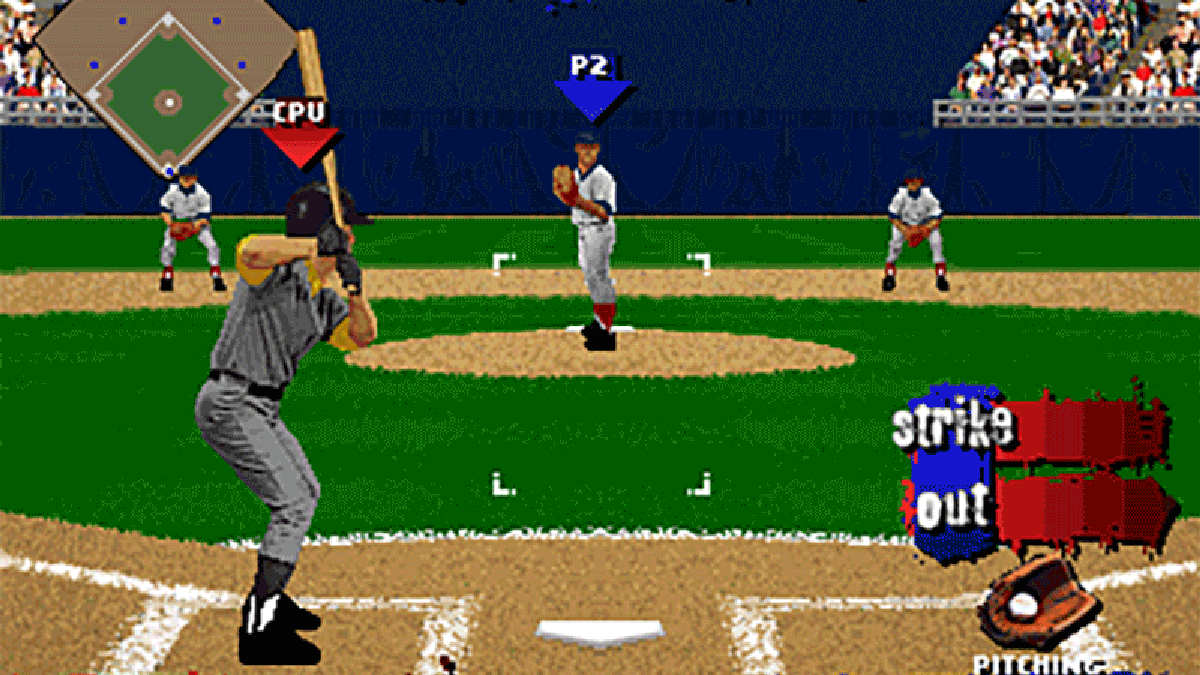As always, hardware makers tend to get ahead of software makers. This means that although there are already many products compatible with Dolby Vision, if this technology has not been implemented in the software, it will be of no use, because as you know the end user experience is always the combination of hardware + software, and without one of the two the thing does not work.
What is Dolby Vision?
Dolby Vision is the name Dolby Laboratories gave to the company’s unique interpretation of High Dynamic Range (HDR) technology, and the promise is that it provides visual enhancement comparable to what we’ve seen go from Full HD at full resolution. 4K. This technology has already been tested in a professional environment (mainly in the cinema) and little by little it is coming to us via certain television channels or paying streaming services.
This technology is therefore a particular form of Dolby HDR, without more, which in this case concerns parameters such as brightness, colorimetry and the reproduction of dynamic micro-contrasts.
Push the limit of HDR to the capacity of the human eye
If years ago we lived in the era of Full HD, now we are in the era of 4K and HDR. Manufacturers promise us that with HDR everything will be better and that the experience we have when viewing images improves dramatically, with richer colors and greater contrasts between them. In the case of Dolby, as experts in the field of consumer and professional multichannel signal processing, they have now developed in the field of video with this technology which promises us just that, to improve the experience of viewing.
According to Dolby, there are three ways to improve the user’s viewing experience:
- Increase the number of pixels (4K, 8K, etc.) that have caught our eye for a long time. Recall that many years ago when we all had 720p monitors we were told it looked blurry and we needed Full HD to see the sharp images. Now it turns out Full HD looks blurry and we need 4K. You already know how it works.
- Increase the number of frames per second (FPS). Normally in the cinema, FPS are limited to 24 (rounded), but they have already started to change that for a few years and for example the first film of the Hobbit trilogy was already recorded at 48 FPS, while the Avatar 2 promised that ‘he will make it happen soon was recorded at 60 FPS.
- Increase pixel performance. While it is possible that even having the same number of pixels, these are able to represent a larger dynamic range and with a larger color space, the reproduction quality is improved.
It is precisely on this last point that the Dolby Vision technology is based; the brand’s engineers turned to the public for the answer and after extensive testing came to the conclusion that a system capable of reproducing a range of light intensities between 0 and 10,000 nits would satisfy 90 % public. And that’s exactly what Dolby Vision does, delivering super bright images with a much higher contrast ratio and richer, more defined colors.
Is there a difference between HDR 10 and Dolby Vision?
Right off the bat, you should know that HDR 10 is an open standard, while obviously Dolby Vision is a proprietary system owned by Dolby. For its part, HDR 10 is so called precisely because it uses a 10-bit quantization scale, and any TV manufacturer that uses it can implement it however they want (in fact, some call it HDR 1000 and they stay so wide), so it’s important to know that this is the standard adopted by the UHD Alliance both for awarding the Ultra HD Premium rating and for grading 4K movies on Blu-Ray.
For its part, as we have said, Dolby Vision is unique to Dolby, as if it were a private standard, but obviously manufacturers can pay royalties to bear their seal if they meet the hardware specifications. This standard offers 12-bit quantization instead of 10 and, above all, a chain of procedures with rigorous control from post-production calibration of audiovisual content to viewing, the only way to guarantee that the image seen by the viewer follows the manufacturer’s requirements.











